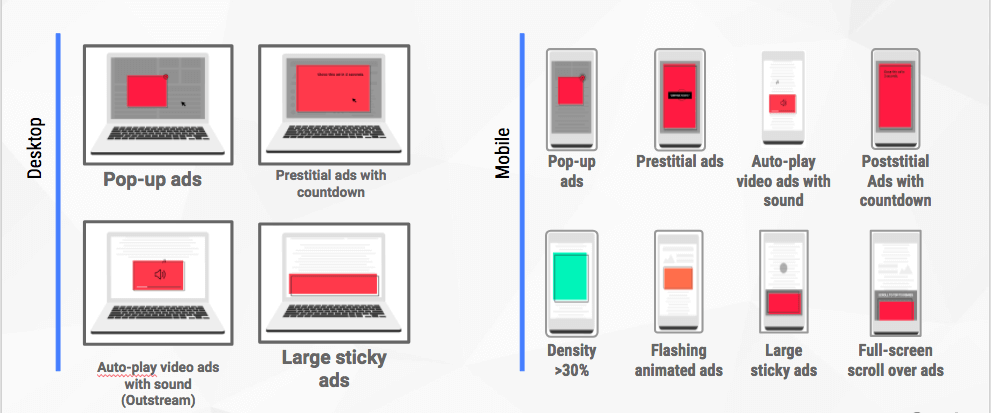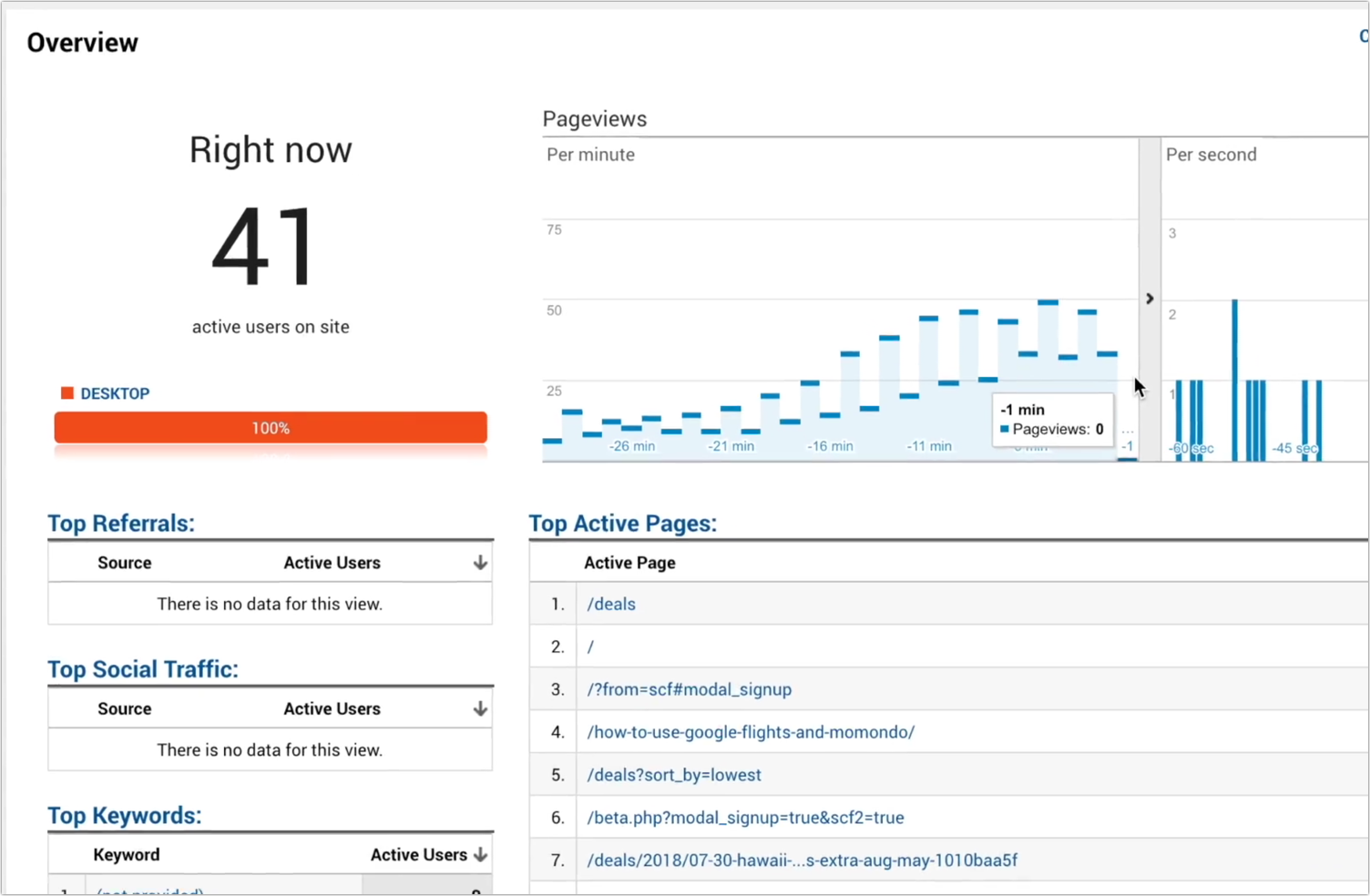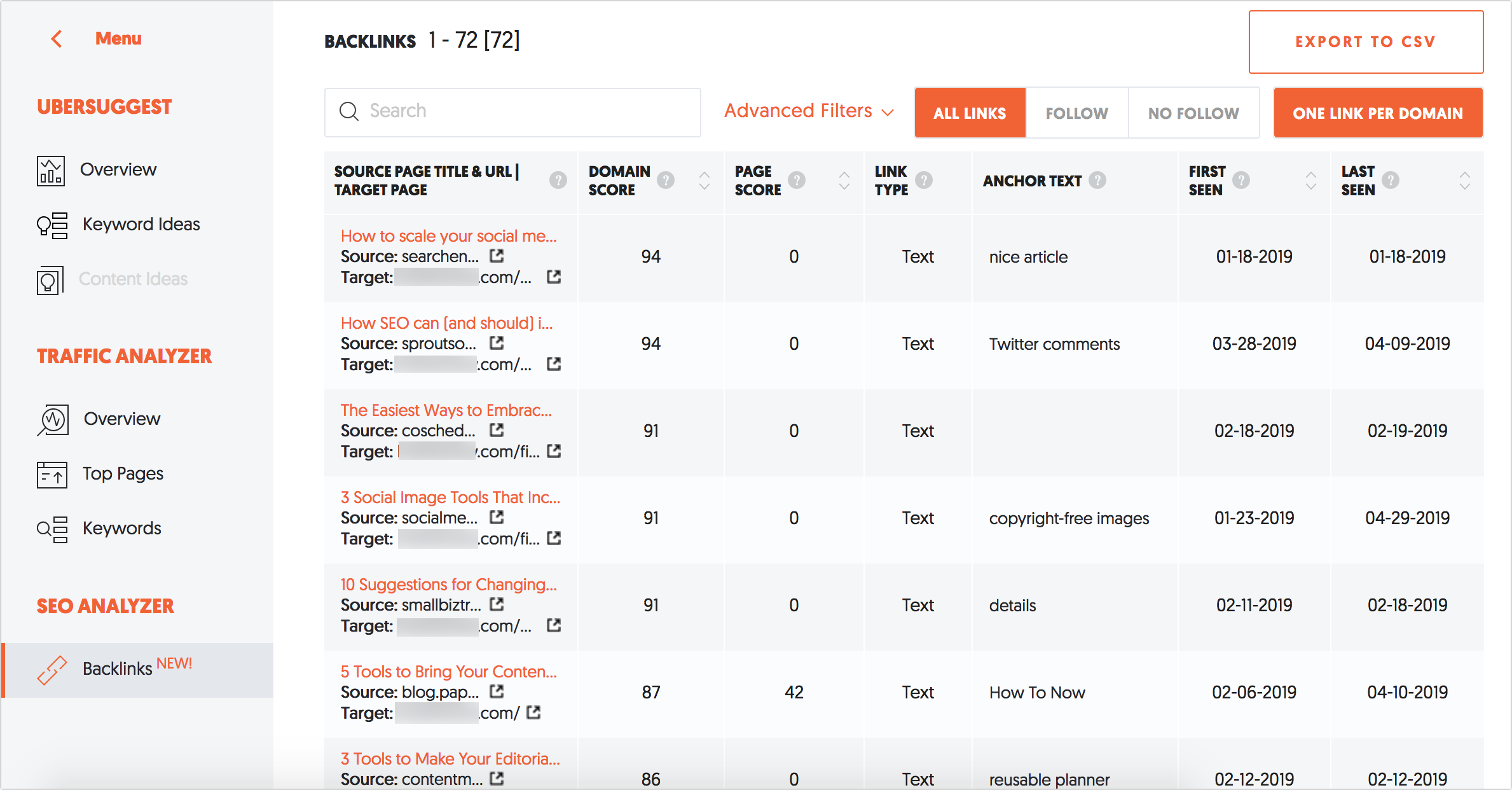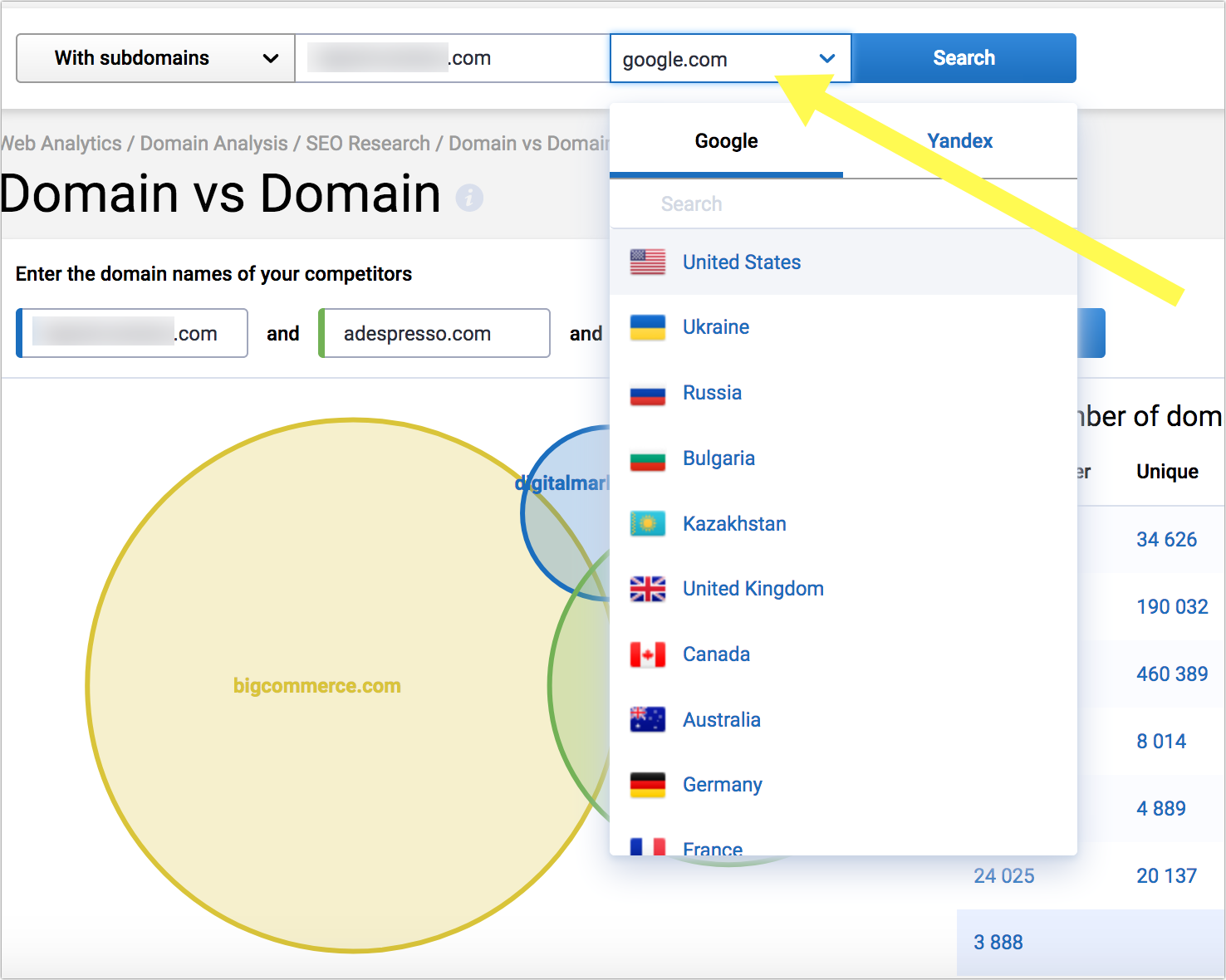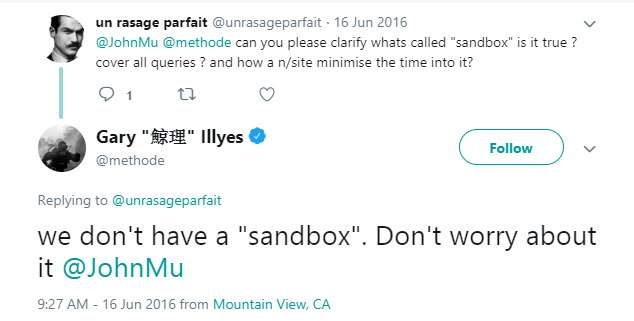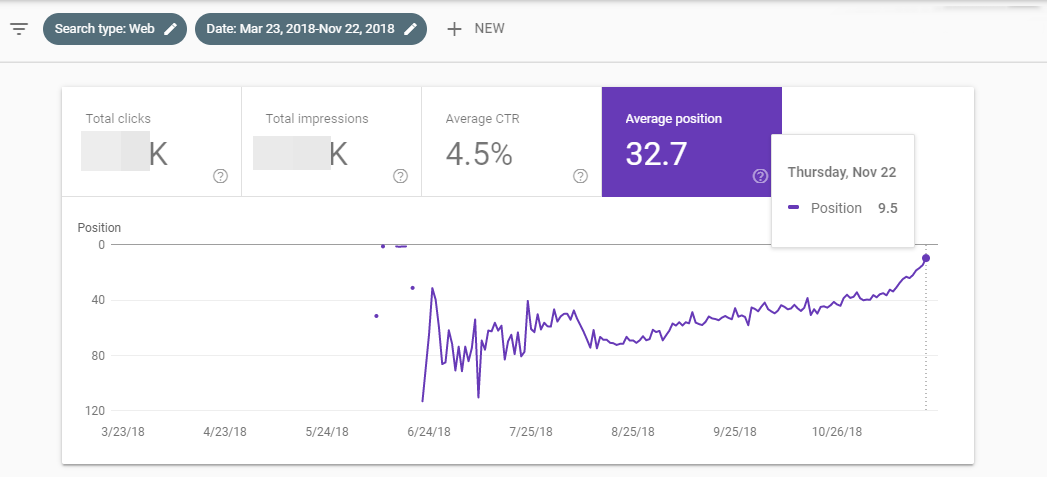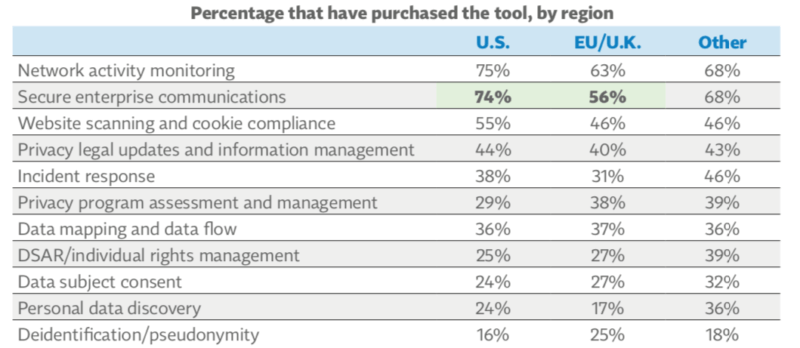
A vast majority of customers find Google reviews posted by strangers just as trustworthy as personal recommendations. So how can businesses encourage customers to leave a review for them on Google?
A staggering 97 percent of customers depend on online reviews to make a purchase decision. Google reviews build and insulate brand reputation, thereby helping customers to make a decision in your favor. In fact, a new research study reveals that Google review stars form social proof for your brand, boosting your site’s CTR by over 35 percent.
No wonder, reviews are among the top in Google’s ranking factors 2019 list. Google’s algorithm gives a thumbs-up to sites having maximum reviews. In Moz’s Local Search Ranking Factors review signals (review quantity, review velocity, and review diversity) make up 13 percent of Google’s local 3 pack or finder ranking factors.
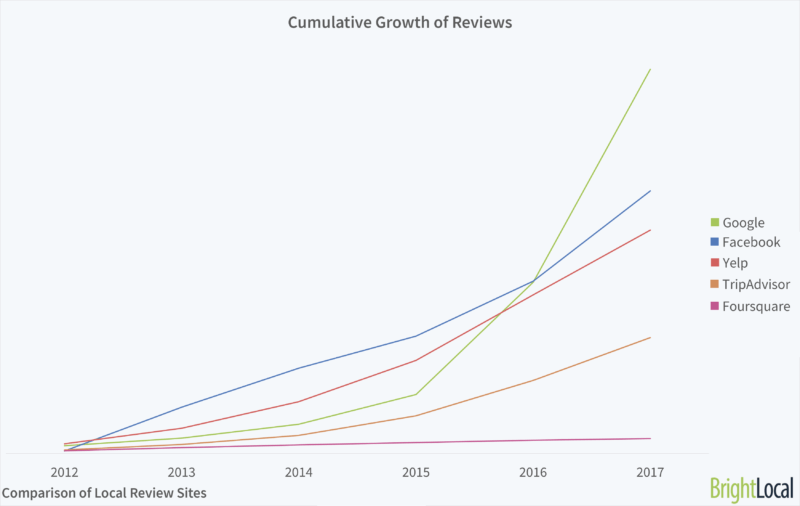
Google is the fastest-growing review site gaining the highest number of reviews compared to other platforms. Hence, businesses cannot afford to ignore the role of genuine and regular Google reviews in building a strong online reputation. Further, reviews offer valuable insights and measurable information about the target audience.
Read on to learn a few tested Google review-generating more tips to improve your search engine rankings and positively influence customer purchase decisions.
1. First things first: Provide kick-ass service
The importance of customer service in the business world cannot be understated. A McKinsey study reveals that 70 percent of buying experiences are dictated by how customers feel they are being treated. Delivering excellent customer service will not only make you stand out from the crowd but also encourage people to be your online brand advocates, writing reviews and recommendations for you. Do your job right! Make sure your staff has a good understanding of the product and is adept at treating customers well. Amazon is leading the way in delivering awesome customer service. The ecommerce giant is known to have the most customer-friendly return policies in the industry. Amazon protects its customers with its A-to-Z guarantee and takes full responsibility for damaged products or delayed delivery, even for third-party sellers.
2. Simply ask for it
One of the easiest ways to procure Google reviews is to ask for it. Train your staff, especially the client-facing roles to request customers for their views and feedback. Further, simplify the process by giving clear bullet-point instructions with links, encouraging customers to leave a review. Notice how Anker, the global leader in electronic goods uses these Happy/Not Happy cards to encourage its customers to review its products. The card addresses both satisfied and unhappy customers, telling them what to do next.
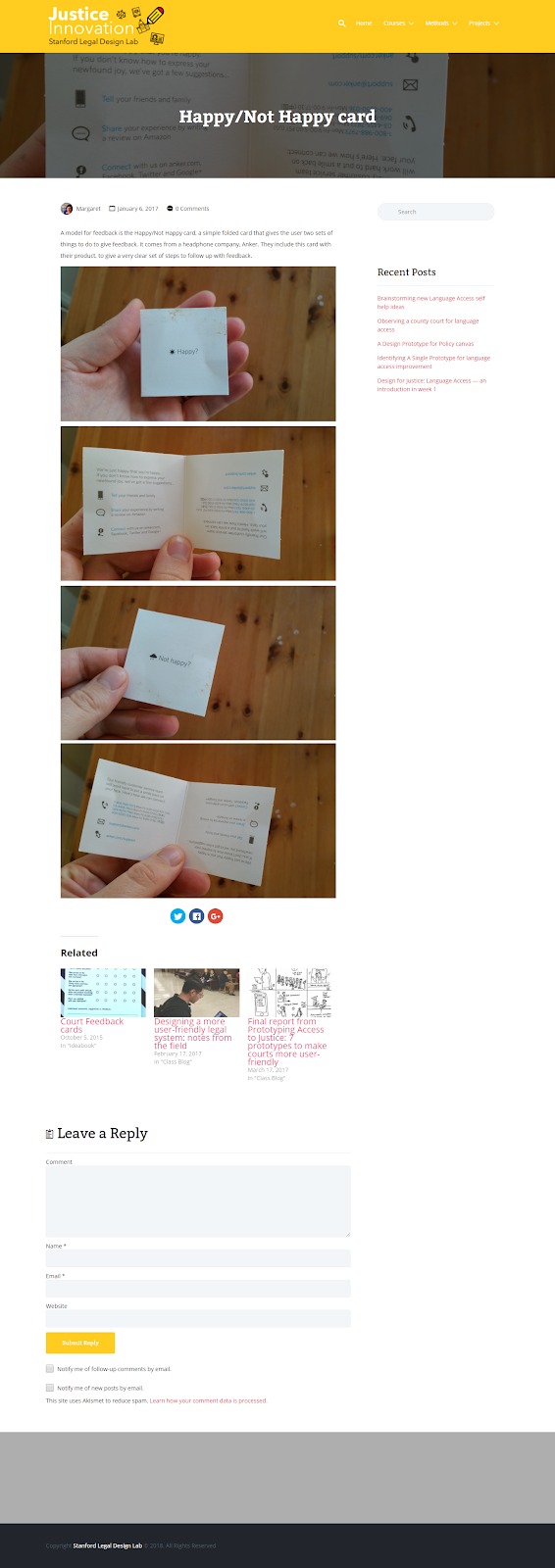
Here are a few ways you can encourage your customers to review your business on Google.
Conversing with a satisfied customer in your store? Just addressed a customer’s concern on a support call? Use these pleasant interactions with clients as an opportunity to request for Google reviews.
A personalized email campaign is an effective way to get more Google reviews. Keep the language in the email simple and specific. You can also use review-management tools like TrustPilot and ReviewTrackers that help automate product review invitations. These automated services send timely email reminders to your customers, urging them to write a review.
-
Leave-behind cards
Leave-behind cards attached to products can remind customers to give a written review on Google. Better still, add a QR code to simplify the process of posting a review. Consider using business cards, leave-us-a-review cards, counter cards, window clings, and door hangers to generate reviews for your business.
-
CTA or pop-ups
Customers often tend to procrastinate or miss out on posting reviews. Nudge such customers by including CTAs and pop-ups on your business page and mobile app. Typically, a pop-up like, “Hey, looks like you’re enjoying the read. Leave us a review!” can remind them to contribute a positive word. You can also add a CTA to your email signature in the form of a shortened link, taking them directly to the Google reviews page. For optimal results, make sure you solicit reviews at the right time of the customer journey. Ask for reviews when your customers have –
- Used or experienced the product or service
- Placed a repeat order
- Tagged you on social media
- Referred a new customer
- Are spending a lot of time on your website or app
3. Encourage your customer service team to collect reviews
Your customer service team is the face of your business. They interact with customers on a daily basis, addressing queries and solving product or service-related issues. Hence, it’s critical to motivate them to get reviews for your business.
-
Give them a script
Give your team a few examples of how they can invite reviews from customers. In an interview with Forbes, Daniel Vivarelli, the founder of Starloop, shares that it’s important to use the right phrases to remove the ‘sleaze’ factor and elevate your review request to a classy and sincere level.
Simply saying, “Will you please leave us a review on Google?” sounds obvious and awkward. Instead, train your employees to say something like,
“Thanks so much, Mr. Dorris! I am happy to learn that you are pleased with our services. I want to invite you to give an online feedback on Google. This will help us serve you even better.”
Sharing a few examples of such opening dialogues will help your staff speak the right language, making the process easier for them.
-
Offer an incentive
Use an incentive system to reward employees based on the number of Google reviews they have secured. This can be a big motivator for them to make asking for reviews a part of their routine.
Offer extra incentives if their name is mentioned in the Google review. Not all customer service personnel get mentioned in reviews. But those who do, have definitely lived up to the customer expectations. It is important to reward such employees.
4. Create a custom Google review link on your site or app
Merely pasting Google reviews on your website can hamper the authenticity and legitimacy of your site. In other words, if you control the review content customers are bound to doubt its genuineness. Adding a link to your Google reviews form on your business page can help potential customers quickly access what others have to say about your brand. Add a graphic or button on your page like “Read our Google reviews” and link it using your Places ID.

Here’s how you can find your Place ID.
The complete link can then be used to direct your customers to the existing reviews page, encouraging them to add their own reviews.
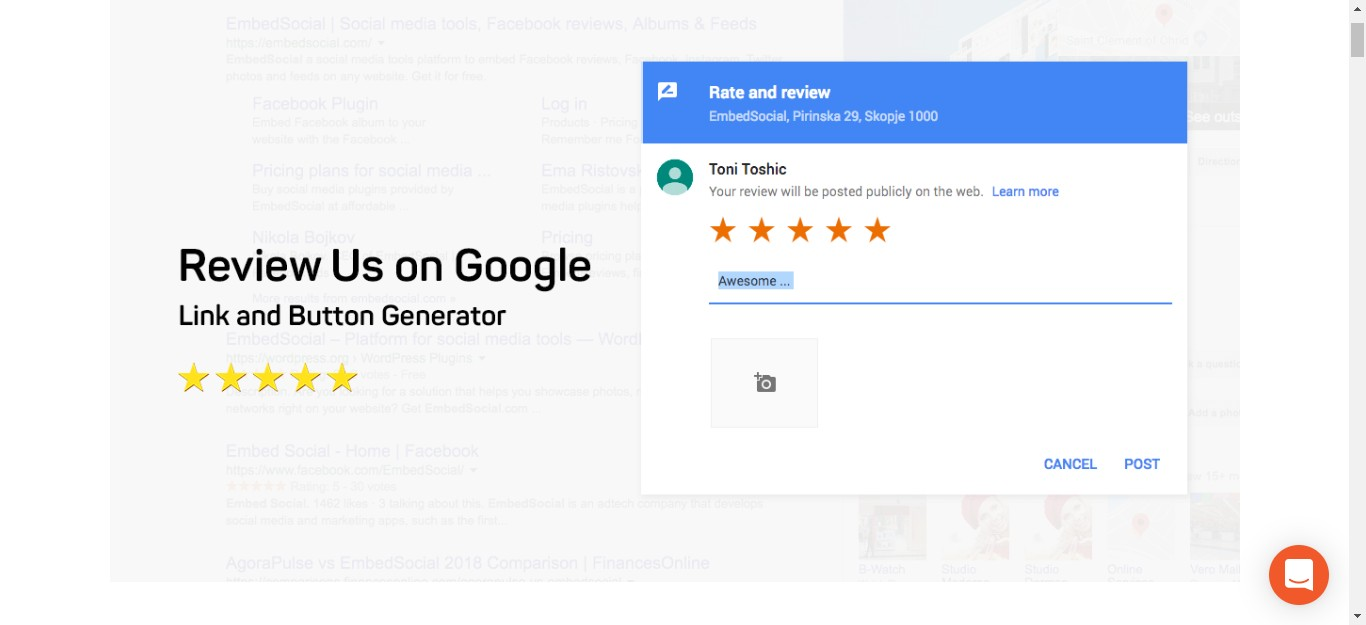
5. Negative or positive: Remember to respond to reviews
Online reviews are social proof of your credibility and online reputation. Whether positive or negative, it’s important to respond to reviews to let your customers know that you are all ears and willing to assist them. In fact, a study published by Harvard Business Review found that responding to customer reviews yields better ratings. Find time to respond to reviews, making your potential reviewers feel that it’s worth their time to write a review for you.
-
Positive reviews
Positive reviews are great for your online reputation. Be specific and thankful when responding to such reviews. Notice how Hard Rock Cafe, New York uses this positive review as an opportunity to reinforce the brand’s strengths and convert its customers into a repeat customer.
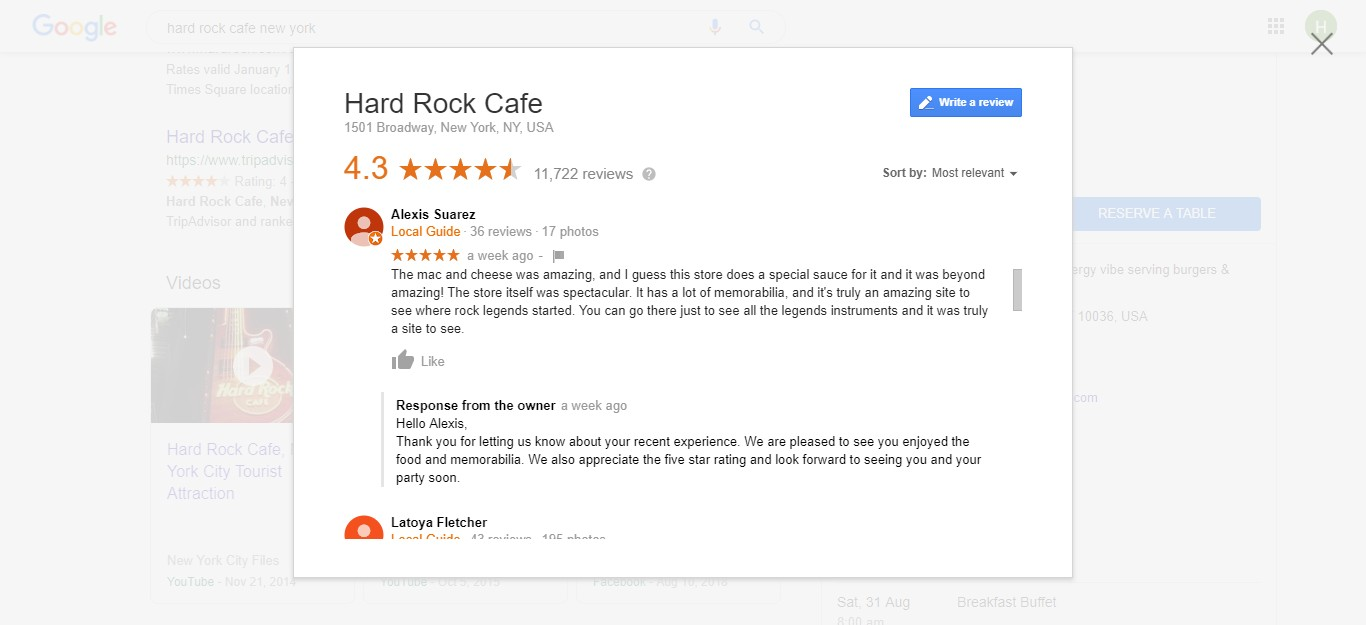
-
Neutral reviews
Reviews that are three-star ones lack details as the reviewer doesn’t strongly like or dislike your product or service. These reviews often carry negative and positive comments. Hence, you need to reinforce the positive and address the concern, to show your prospective reviewer that you care.
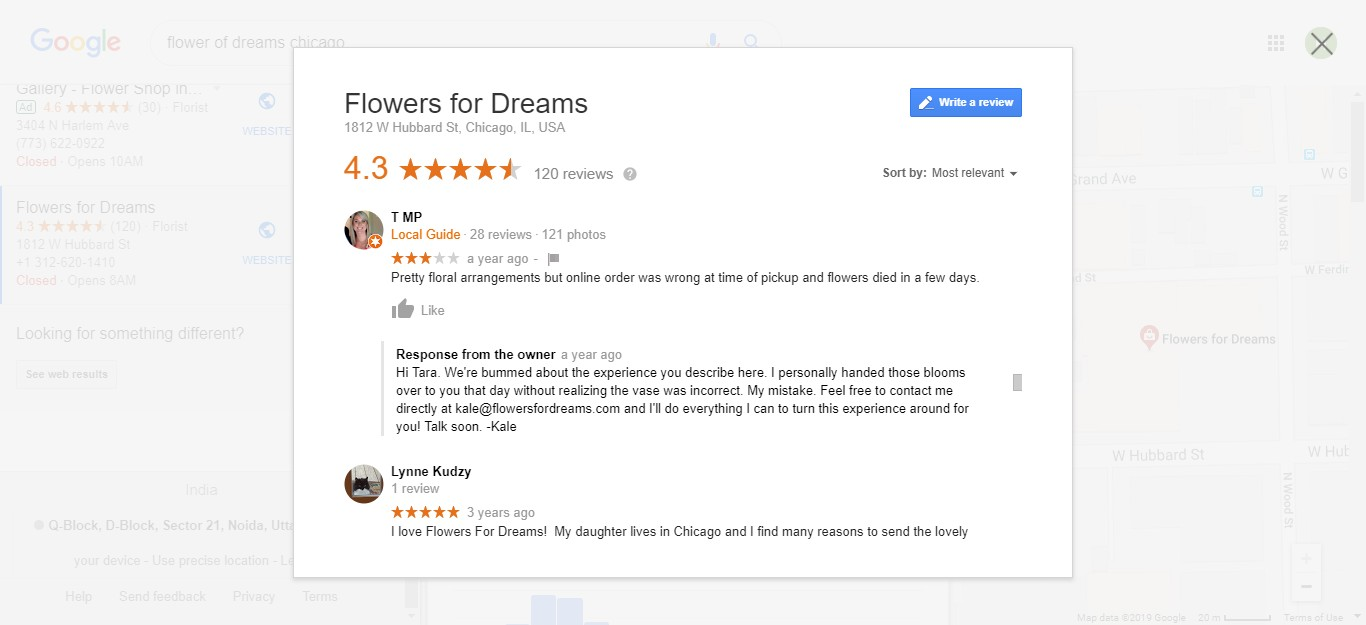
Check out how the owner of Flowers of Dreams responds to a neutral comment posted by one of their customers. The response clearly shows that the business takes responsibility for an uncommon instance and desires to make things right for their customers.
-
Negative reviews
Here’s the good news: Negative reviews can boost conversions and brand loyalty. This is because too many positive reviews seem fake to customers. Negative reviews make your brand seem authentic and offer customers the worst-case scenario. Remember: Writers of negative reviews want you to fix their issue and convert them into happy customers. Follow these basic rules when responding to a negative query.
- Be polite and empathetic.
- Do not respond in a defensive manner.
- Apologize and request to connect offline so you can address the customer’s concerns.
Notice how California Cuts responds to an unhappy customer by apologizing for the poor experience and taking the necessary steps to repair the damage.

When prospective reviewers see that you care to monitor and respond to customer reviews (even bad ones!), they will be encouraged to leave a Google review for you.
6. Address the WIIFM (What’s in it for me?)
Sadly, most businesses only focus on managing immediate product-related queries or following up with customers for reviews, laying little emphasis on building long-term relationships. Customers are more likely to take the time to write a word for you when you tell them how their review will be used or add value to them. It is critical to use the right words when asking your customers to review your product. For instance, in this customer review invitation Nest uses less compelling words like ‘make our ideas better,’ offering little motivation for its customers to leave a review.
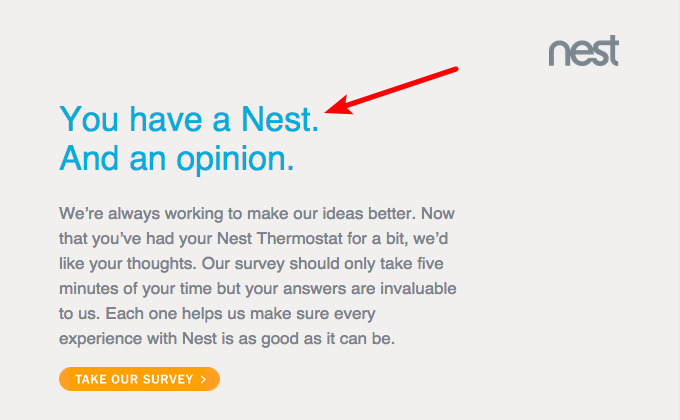
Source: Thumbtack
On the other hand, Thumbtack uses powerful phrases like, “create a better experience for you”, putting customers in the position of a beneficiary and making them feel rewarded.

Source: Thumbtack
Secondly, offer incentives to customers for writing a review. That way, you are encouraging them to leave a review (good, bad, or neutral) and that doesn’t amount to bribing.

Notice how this Kentucky-based chiropractic and wellness center doesn’t ask its patients to necessarily leave a positive review. They are offering a free adjustment for customers who leave “a review” not “a positive review”.
Addressing the “What’s in it for me?” will help your users see the direct benefit of spreading a positive word about you, motivating them to take the time to do so.
7. Host experiential events
Hosting a user conference or an industry event can help create a strong bond between your customers and the brand, creating conditions where they are likely to leave a review. That’s what experiential marketing is all about. Experiences don’t just sell products, they help your target audience connect with your brand’s core values. When customers are emotionally engaged, they will go out of their way to leave a review for you.
Source: YouTube
Check out how Oreo, one of the most popular cookies in the world, has used the 3D printing technology to allow customers to enjoy the cookie-making experience and receive uniquely flavored Oreo cookies. Such brand experiences coupled with a strong post-event feedback process can encourage people to leave reviews about the product.
Conclusion
Most customers read Google reviews to make a purchase decision. Reviews are a powerful marketing tool that should be used by marketers to improve online credibility, boost SEO, and drive conversions. The time-tested tips shared in this post will help you generate more Google reviews for your business, thereby strengthening your authority and online reputation.
George Konidis is the co-founder of Growing Search, a Canadian based digital marketing agency providing optimal SEO and link building services worldwide. He can be found on Twitter @georgekonidis.
Related reading
Flushing money into advertising without understanding its workflow is not cool. Top hacks every advertiser should use to improve Google Ads performance.
Traffic forecasting is one of a CMO’s best resources to allocate marketing spend across the most useful tactics. Here’s how traffic forecasting could mean smarter ad spend.
FAQs improve SEO rankings as Google values your website for providing all the information needed to take an educated decision. Five ways to get it right.















